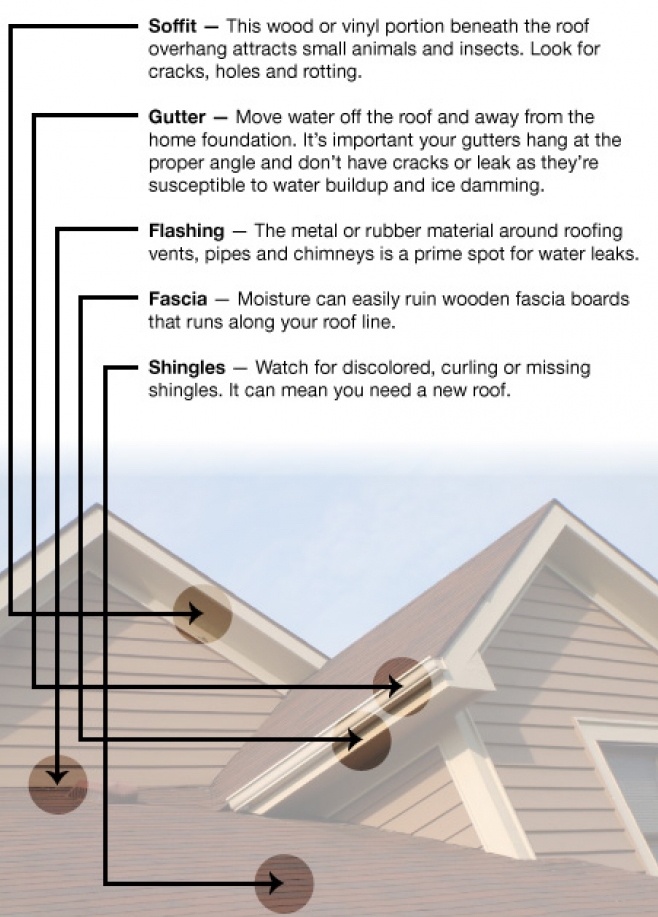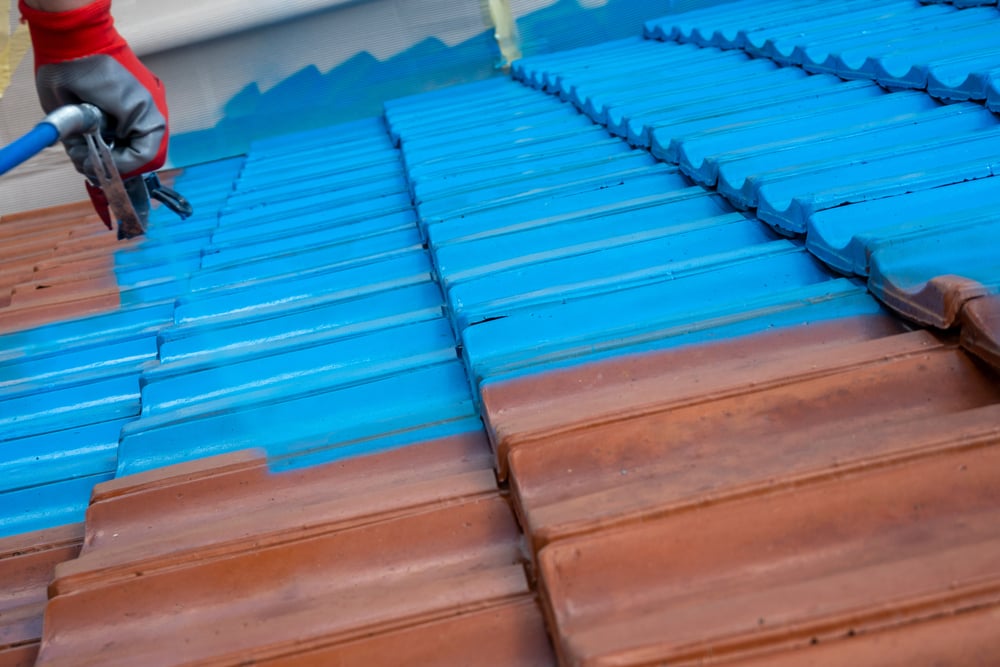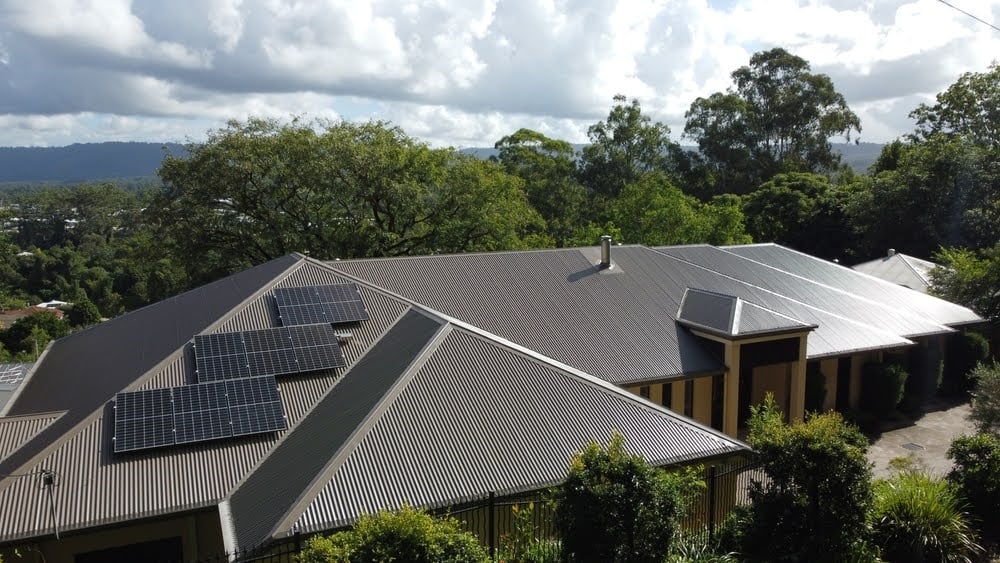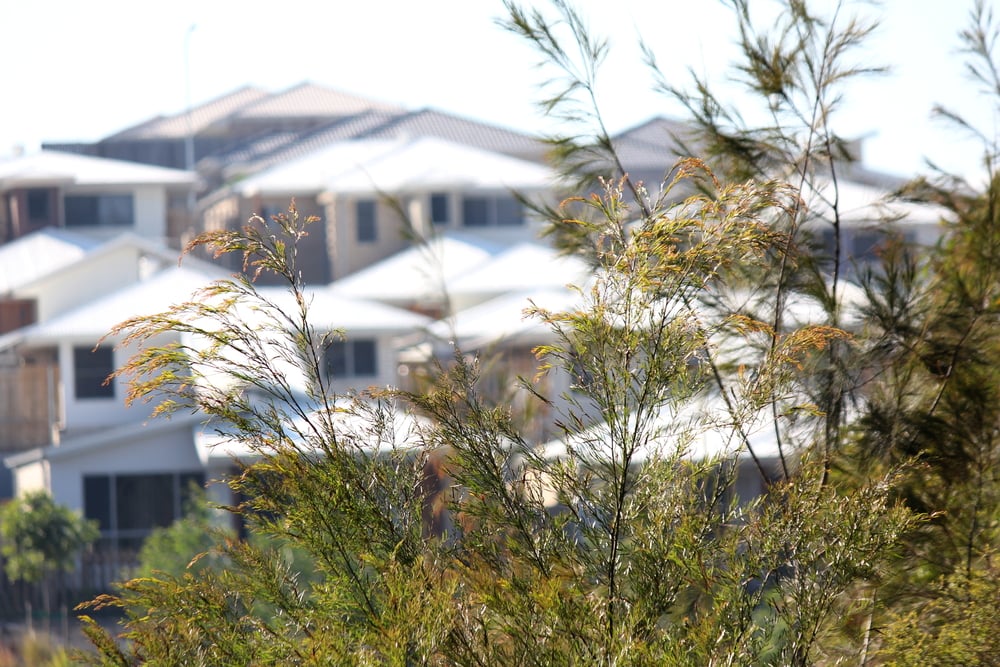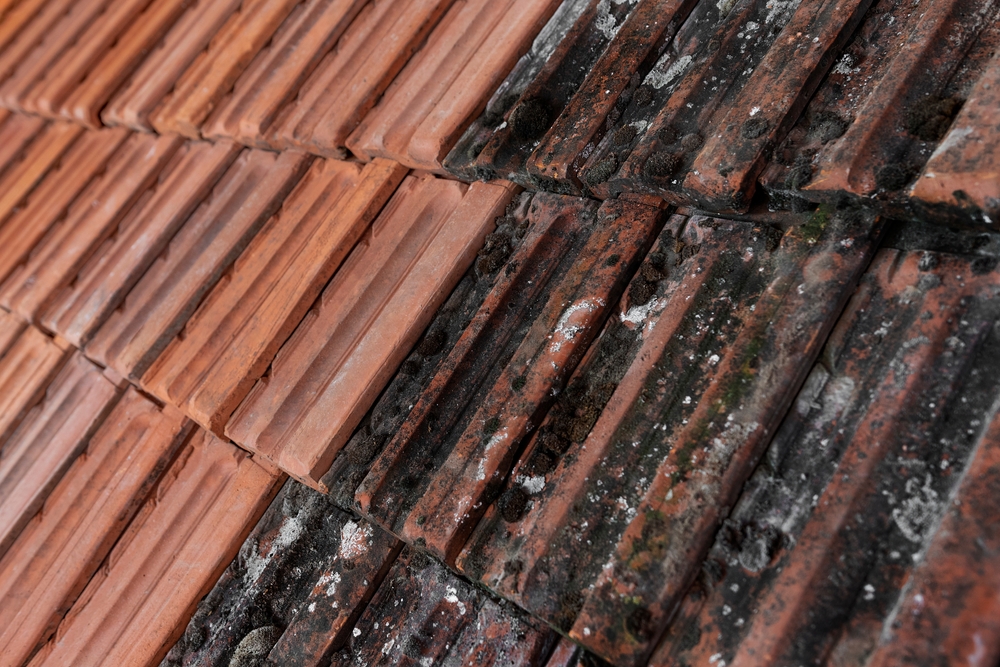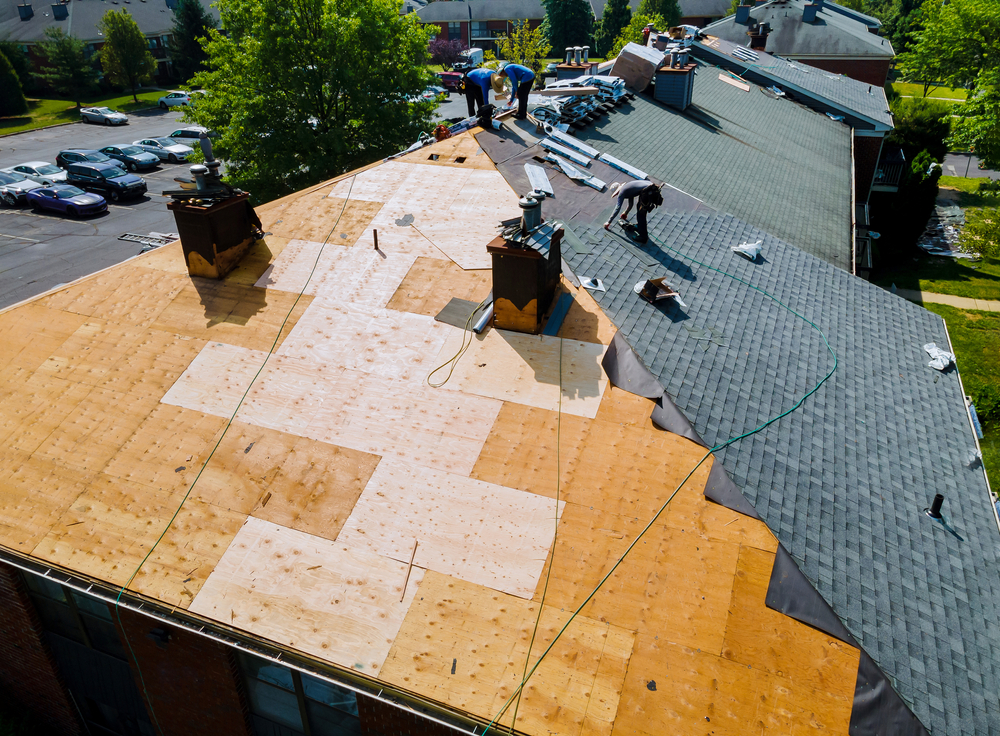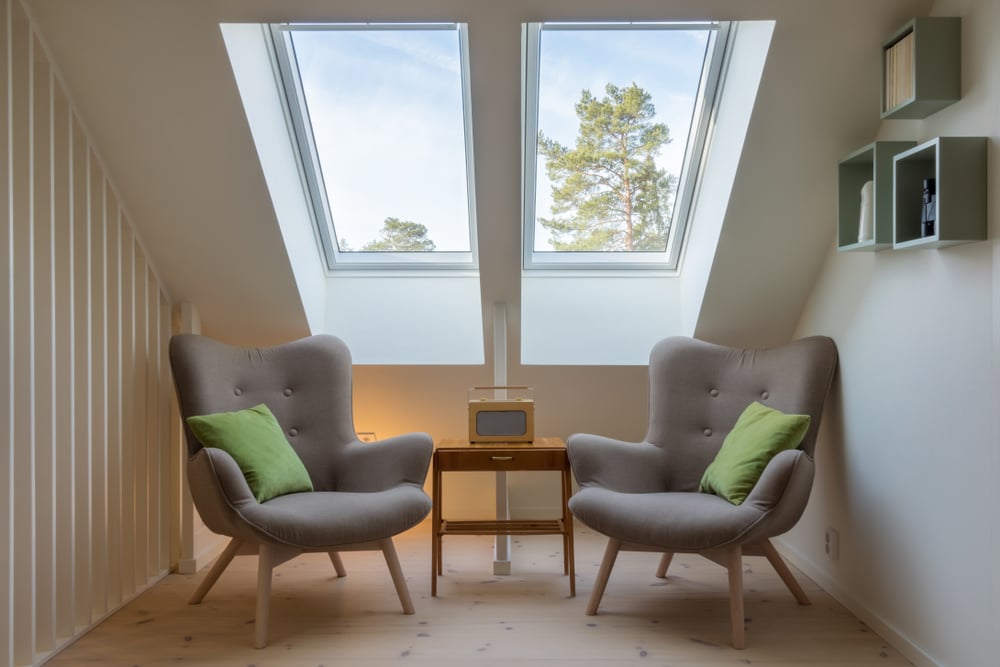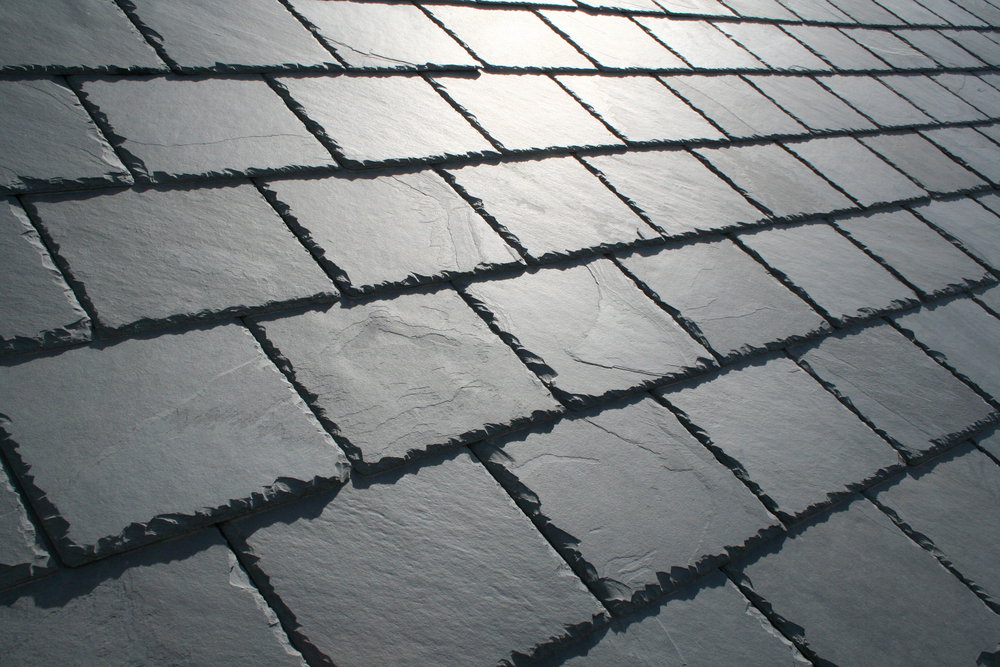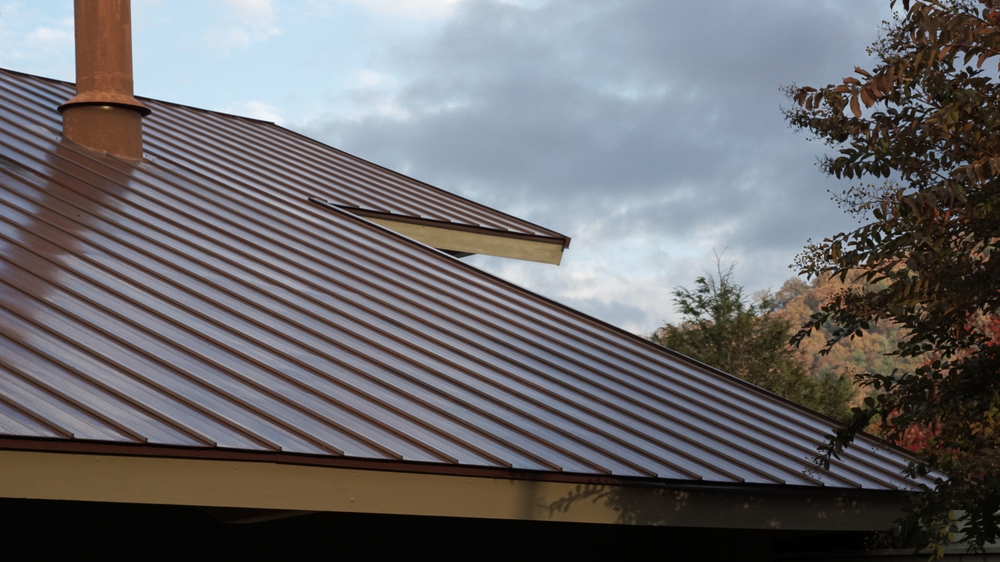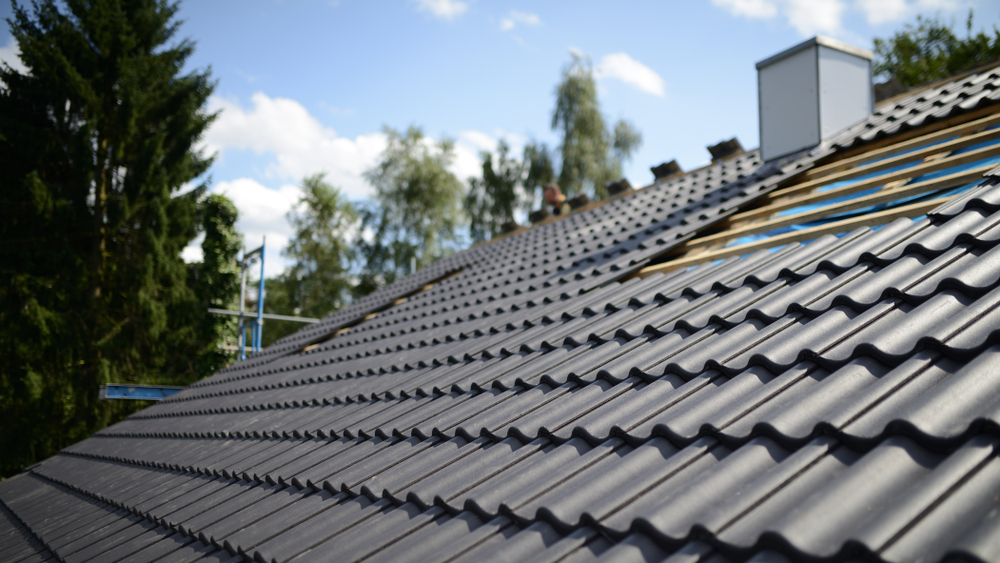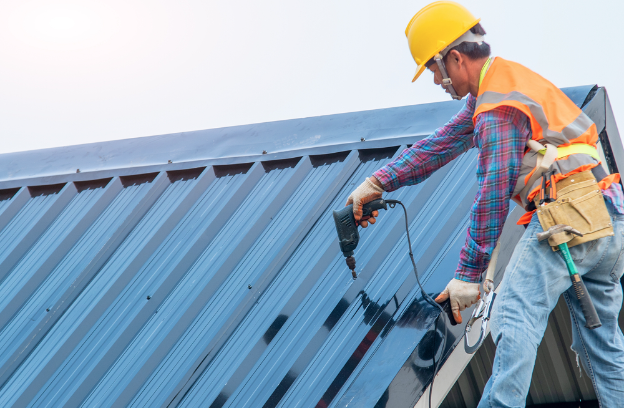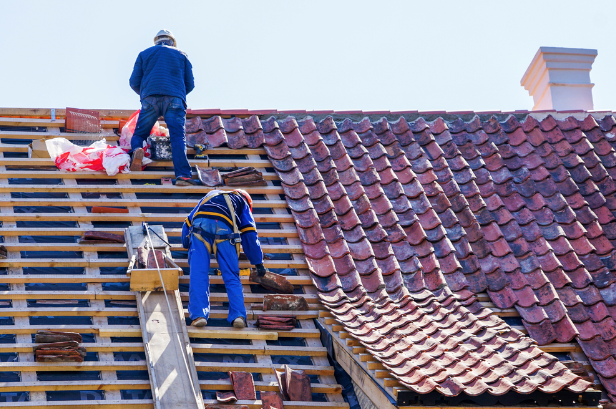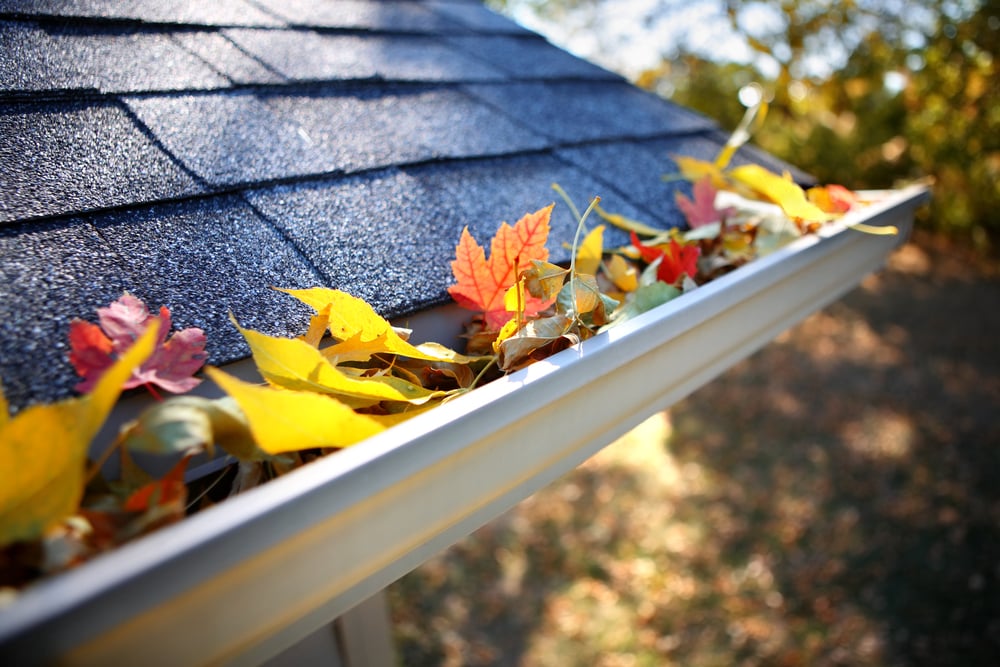
Nov
Fascias, Soffits and Roof Carpentry
At Roo Roofing, we believe a roof restoration is not complete without the right gutters, soffits, fascias & downpipes to compliment your roof. In this post, we talk about fascias, soffits, and roof carpentry and how it can change your roof’s life cycle.
Soffits and fascia are the part of a roof’s structure closest to the gutters. This means that they are the first things to be damaged by water if the home’s gutters get clogged. They can also fall victim to an infestation of insects or by the nesting of birds and other animals. If you have noticed discoloration and peeling paint, it can be a tell-tale sign that the soffits and fascia of your home have been damaged. Once damage has occurred, your soffits and fascia need the attention of a skilled carpenter who can carefully remove all the rotted wood, and repair the area. Once the new wood is in place, you need to properly seal the area and paint it for a seamless look and full protection from future problems.
Fascia Boards
Let’s take a closer look at Fascias themselves. Not to be mistaken for soffits, fascias are the piece that runs behind the guttering. Placed along your roof edge, with guttering on top, fascias not only help protect your rafters from damp, rot and crafty birds looking for nests, they also help support roof tiles.
There are many different styles of fascia. They are generally composed of timber or metal products. Some can be a minimal size that is primarily used to support gutters and finish the ends of roof rafters.
If we look at historical architecture, some of the 1900’s to the 1930’s Queenslander homes often had no fascia’s at all and relied on the ends of rafters to hold the gutter spikes. This was more of a cost-cutting measures of the day rather than a styling issue. The ends of the rafters on these homes often rotted over the years which usually allowed gutters to sag or fall as the ends of the rafters will no longer hold the gutter fixings. Installation of a new fascia returns a solid fixings and adds a classy and more finished look to that style of home.
Others types of fascia can include entire fascia facades that are very visually prominent. The larger fascia facade was fairly common in 1960’s and 1970’s construction styles and usually associated with a very rectangular style of home or unit complex. These fascia facades can be one to two metres in depth and often surround the entire top of the building.
The role of fascia is to be the layer between the outdoors and the roof’s edge. This board prohibits the whole roof from being subjected to water damage from weather. Although older homes will frequently lack a fascia board, it is necessary to include this component in your roofing system. Fascia is the finish covering or component for the framing of the roof at the roof edge. Fascia is where the soffit and eaves are fastened to.
Aside from its functional role, the fascia also plays a very important aesthetic role since it creates a smoother, more even appearance for the edge of the roof. In addition to protecting the wooden board from water damage, the fascia protects the entire roof and the interior of the house from weather damage by blocking its entrance to the home.
Soffits
The word soffit is derived from the French word for "formed as a ceiling" and the Latin term for "to fix underneath." Soffits, or also commonly known as eaves, are often an overlooked aspect of the home. Bubbled, crazed and peeling paint on soffits is a sure sign that your soffits are requiring a freshen up.
Unfortunately, for some homes of the age where they do require a freshen up, the soffits often contain bonded asbestos. Restoring a bonded asbestos soffits is generally not advisable. Bonded asbestos soffits more often than not don’t come up that well after being just painted.
Some of the confusion around soffits is that not every house has them. Essentially there to protect the underside of the roof edge, they can be seen on the overhang of your roof (stand under it and look up). They sit, at right angles, to the fascias, helping to create a water-tight seal that protects your roof interior and rafters.
Soffit is a part of the gutter system, arguably one of the most important aspects, that assists in functions such as air circulation and keeping moisture away from the house. These are extremely important roles in the whole roof and gutter structure.
Part of the function of the soffit is to assist in ventilating the attic. The soffit typically features a plain design with small holes that provide air circulation. The air from the soffit cycles to the vents to draw heat and moisture away from the house. This is a highly important function because moisture in the attic can develop rot in the sheathing and rafters.
There are several signs/indicators that the soffit and/or fascia may be in of need repair or replacement. These would include:
- Leaking gutters
- Visible mold or mildew stains
- Water stains on interior walls/ceilings
- Water overflowing behind the gutters
- Soft or rotting wood along the roof edges
- Storms
- Animals like birds, mice and possums frequently nest in a soffit and could cause damage to the structure as well.
Soffit and fascia that are installed correctly and functioning properly can offer a number of benefits to the homeowner. These include:
- Proper water drainage
- Adequate attic ventilation
- Reduced energy consumption
- An extended lifespan for the roof
- Structural integrity (roof and gutters)
- Protection from insect or rodent penetration
- Enhanced aesthetics/curb appeal for the home
Carpentry
While installing a new roof, siding, or gutter guards on your home, it is not uncommon for previously-unforeseen damage to be found. Maybe a section of roof decking – unseen until the terracotta/concrete tiles or metal roofing sheets have been removed – has started rotting away as a result of a prior leak or storm damage. This is where carpenter's with roof-specific skills come in handy.
When you find that you need carpentry work as part of your home improvement project, Roo Roofing, specialise in everything to do with your roof and have experienced carpenters for your roof. Whether checking your roof system, fixing roofing problems or helping with an exterior remodeling project, our team can replace your fascias, soffits, trim pieces and gutters.








